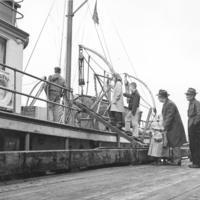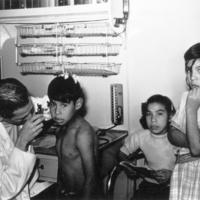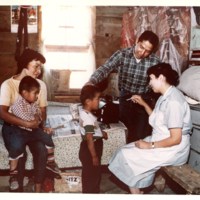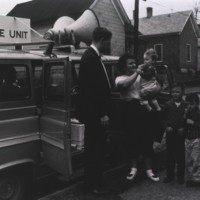Healthcare for All

Courtesy of Los Angeles Public Library Photo Collection
“Of all the forms of inequality, injustice in health care is the most shocking and inhumane.”
Martin Luther King, Jr.
The struggle for equality has always included the pursuit of equal access to health care, and in the first half of the 20th century, health care in the United States was sharply divided along racial lines. African Americans, Asian Americans, Native Americans, and Latinos were all denied access to medical care, hospitals, and health services that were available to whites. Traditional medicine was banned or discouraged.
Equal access to health care involves the availability, affordability, and appropriateness of medical treatment and services for all Americans. Availability of health care for minority populations means that they have enough doctors and other medical providers to meet their needs, as well as accessible hospitals and clinics.
Health services must also be medically and culturally appropriate. Studies show that racial and ethnic minorities experience a lower quality of health services. Historically, not enough minorities worked in the health care system to bridge communication gaps that can occur when medical providers do not come from the same cultural backgrounds or speak the same language as their patients.
Progress has been made in the last 30 years to address these issues, including understanding best practices on how to deliver appropriate health services to minority populations and increasing the number of physicians and nurses who are medically and culturally qualified. In March 2010, the Patient Protection and Affordable Care Act (ACA), was signed into law making preventive care more accessible and affordable for many Americans.

Courtesy of Alaska Department of Health and Social Services Photograph Collection, Alaska State Library

Courtesy of Alaska Department of Health and Social Services Photograph Collection, Alaska State Library

Courtesy of the National Archives and Records Administration, record IHS015

Courtesy of the National Library of Medicine. From the Images from the History of the Public Health Service exhibit.